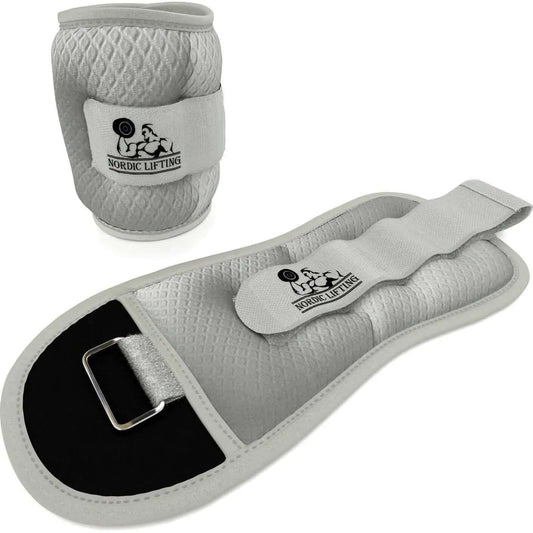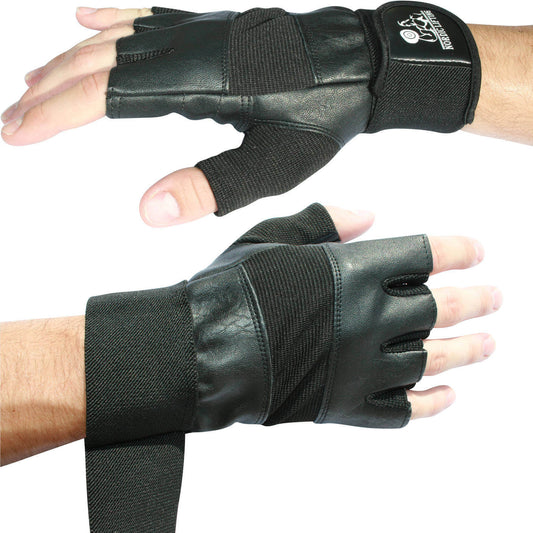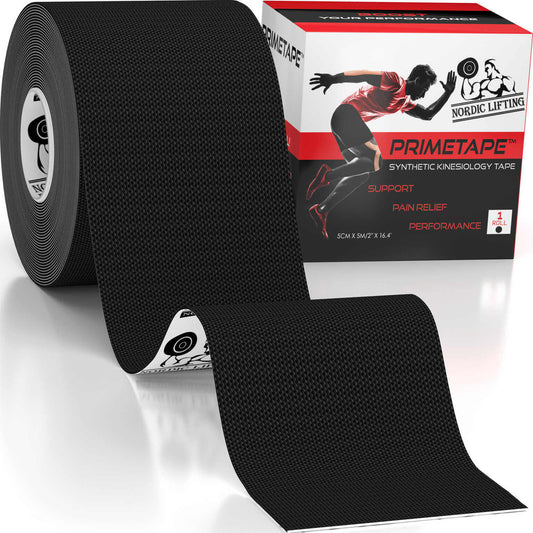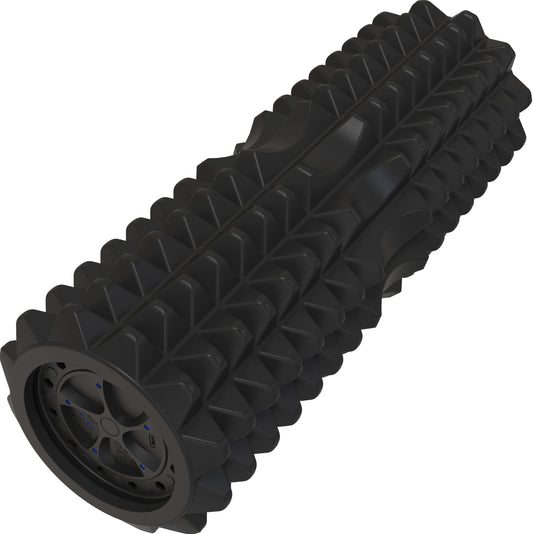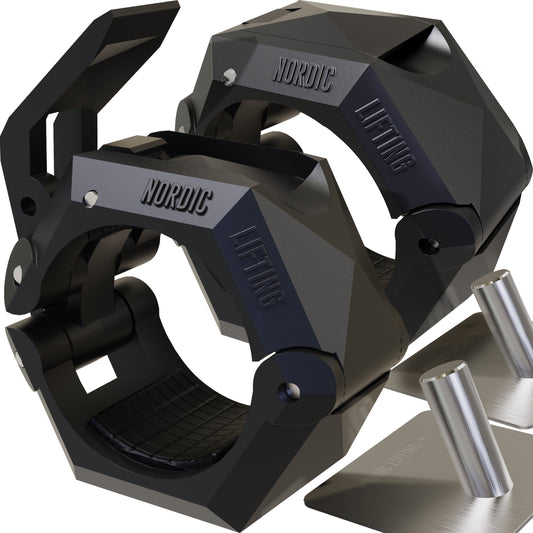What is a Wall Ball?

A wall ball, also known as a medicine ball or fitness ball, is a weighted ball roughly about shoulder diameter (about 13.7 inches) that is often used for rehabilitation and fitness training.
Wall balls are usually made of vinyl with a padded outer layer that makes grip easier. They vary in weight, from about 4 to 30 pounds.
Wall balls are also used in throwing exercises, but only need to be thrown against a wall. Wall balls have a durable shell that can help retain their shape.
Wall balls can be used for exercises toward a strong wall, such as:
- Side throws
- Crunch throws
- Overhead wall ball tosses
What are wall balls made of?
For maximum durability, you need to choose a wall ball made of the right material.
- Fillings
The filler inside the wall ball are usually consists of two parts:
- Shape-Retaining Filler
Wall balls can be filled with a variety of fillers, including rags, polypropylene cotton, and rubber. Rag has poor elasticity, which makes the filling uneven and easily deformable. Cotton wool is slightly better than rags, but tends to deform even after prolonged use.
Polypropylene cotton is the most popular wall ball filling material on the market. Pure white polypropylene cotton provides better flexibility, fatness and durability. The degree of flexibility of the wall ball is another decisive factor. The higher the quality of polypropylene cotton, the better the elasticity. A good wall ball will use the range between 7D and 15D polypropylene cotton to ensure flexibility.
- Weight Filler
In order to increase the weight of the wall ball, it is usually necessary to add extra filler. Options include rubber particles, iron sand, yellow sand and mineral sand. Yellow sand is the cheapest material, with cheap wall balls there is an increased sand ratio to reduce costs.
Nordic Lifting uses iron sand to fill our wall balls.
The weight filler is usually packaged in a bag to prevent the material from scattering inside the ball. Cheaper wall balls will use a plastic bag. Better quality bullets use a stronger material, such as an Oxford bag.
- Cover
Keep in mind that wall balls are designed to be thrown against the wall repeatedly, which means they need to be solid. The most popular cover materials are synthetic leather (PU & PVC), vinyl, and kevlar.
Nordic Lifting uses PVC cover and PU liner for our wall balls
What are the benefits of Wall Ball?
The wall ball exercise offers a lot of benefits and it functions in almost every muscle group in your body. It also allows your body to move in any plane of movement - front to back, side to side and while rotating.
A typical wall ball exercise take on multiple muscles groups, including your:
The wall ball squat exercise increases your heart rate, making it a great way to improve your heart-breathing ability and also burn calories. It also helps increase your explosive power, which is an essential part of many sports activities.
In addition, performing this movement can fine-tune hand-eye coordination and improve throwing skills and accuracy.
Wall ball exercises are a quick and effective way to train your whole body. This can change things a little during your workout. If you want to lose weight, build strength and give more strength to your athletic abilities.
What should I consider when buying wall balls?
- Material Used
When buying a wall ball, the most important thing to remember is that they are thrown against the wall more than once, which means they have to be durable. One made of leather, synthetic leather, nylon or vinyl is definitely ideal. You need the wall ball you bought to be hard and durable.
We recommend that, if possible, open the ball from the inside out to check the materials used and determine if the filling is tight and bulky.
It is vital that the stitches are fine and compact, not easily torn and damaged.
Stitches with double or even triple reinforcement are ideal. This makes the wall ball safer and more durable than the assists. It will also be more suitable for higher speed and intense workouts.
Some manufacturers use a special sewing method in addition to double or triple reinforcement stitches; after sewing once, they are folded a second time to sew. This significantly increases the strength of the ball. The double-stitched wall balls have protruding stitches on the surface.
Wall balls can be thrown and caught multiple times. The balls can also be quite heavy, so good grip is essential. Look for a relatively soft and flexible material, such as synthetic leather or vinyl, as these are easier to grasp and discard.
Another critical thing to note is that the wall ball should be able to absorb shocks. During use, the ball may miss and if it does, it may touch the face or body and cause injury. Possessing a ball with high shock absorption reduces the risk of injury.
You need a well-balanced wall ball, which means your inner fillings are evenly distributed so you don’t move during or after use. The evenly balanced wall sphere bounces the same every time, always flying straight without turning.
You can test to see if a ball is balanced by rolling about 3 feet on the ground and see if it moves in a straight line. You also need to throw the wall ball against the wall to assess its bouncing ability and ability to return to the throwing point. If not, the weight distribution is uneven or the center of gravity is not ideal.
The best wall ball is one that is durable, well balanced, absorbs shocks, and has the right weight for you. As long as you keep these things in mind and at least take into account our recommendations above, there will be no problem finding the right wall ball.







